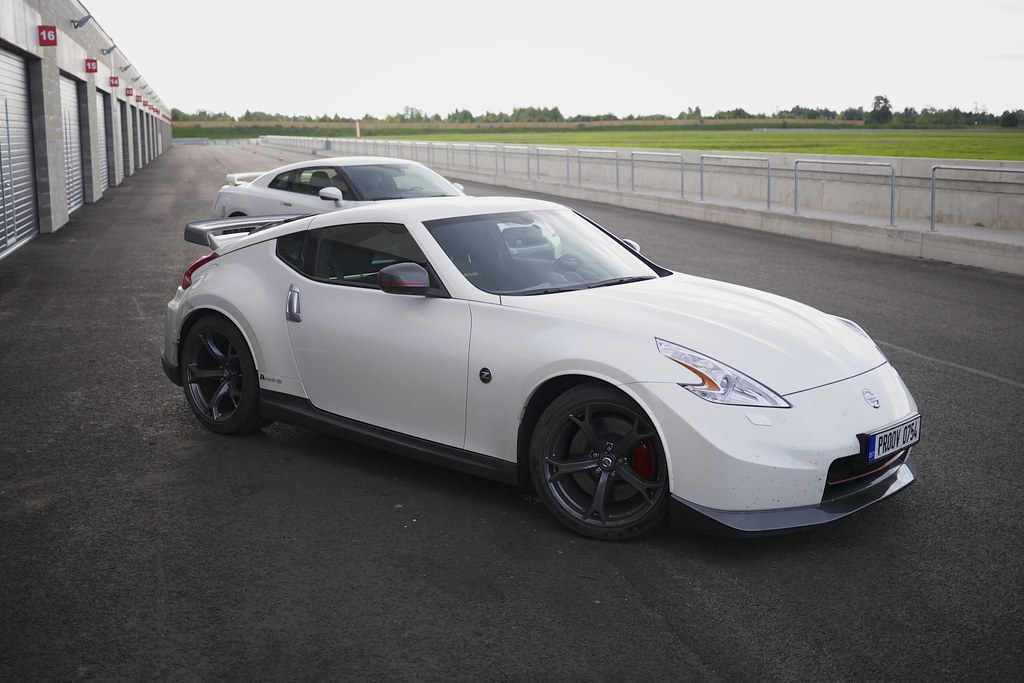
Alright, let’s be real for a sec. Buying a car? It can feel like stepping into a lion’s den, especially when you’re facing off against seasoned car salespeople. They do this every single day, honing their high-pressure pitches, while most of us walk into a dealership perhaps once every five years. It’s truly a battle between you and the salesperson, and often, it doesn’t feel like a fair fight. But guess what? It absolutely can be!
Think about it: Salesmen are usually under intense pressure to maximize profits on every vehicle they sell, boosting their commission and hitting those elusive monthly quotas. This underlying motivation heavily influences every interaction they have with you. They’re looking to make the biggest possible sale, and they’ve got a whole playbook of tactics designed to make that happen. But the good news? You, the buyer, have a playbook too!
We’re here to unmask some of the most effective negotiation moves *you* can make — moves that might just make a car salesperson groan internally (but hey, they’ll respect you for it!). These aren’t about being difficult for the sake of it; they’re about being smart, informed, and in control of your car-buying journey. Let’s dive into the first seven strategies that will empower you, save you money, and yes, might just make you *that* buyer that salespeople secretly wish they didn’t have to deal with.

1. **Insisting on the Out-the-Door (OTD) Price Upfront**When you’re shopping for a new ride, one of the biggest hurdles can be getting a clear, all-inclusive price. Dealers love to talk about sticker prices or estimated monthly payments, but what you really need is the out-the-door (OTD) price. This magic number includes all taxes, fees, and extra costs, giving you the true picture of the total you’ll actually pay. It’s the number one piece of advice we always give to DIY car buyers, and it’s a game-changer.
Salespeople, however, often make it a challenge to get this upfront. They’ll tell you that to get an accurate quote, you absolutely *must* stop by in person. This isn’t just an inconvenience; it’s a deliberate tactic. They want to get you on their lot, where they can deploy their charm, the shiny cars, and those high-pressure sales pitches in person. Once you’re there, it’s much harder to say no.
But here’s the kicker: it’s simply not true that you need to be there in person for an OTD price. As long as you’ve shared the exact vehicle you’re interested in and your zip code (for tax calculations), there’s nothing stopping them from sending you the car’s full OTD price. Being persistent and continually asking for this figure, whether via text or email, is a buyer move that absolutely rattles their carefully constructed sales process.
Why does it annoy them? Because it strips away their ability to surprise you with hidden fees later. It puts you in a position of power, allowing you to compare true costs from multiple dealerships without having to physically visit each one. If you keep asking, most salespeople will eventually provide it. And if they don’t? Well, as the saying goes, you definitely don’t want to give them your business anyway. It’s a clear sign you’re dealing with someone who isn’t interested in transparency.
Read more about: Decoding Car Dealer Pricing: An In-Depth Guide for Consumers to Navigate Buying and Selling
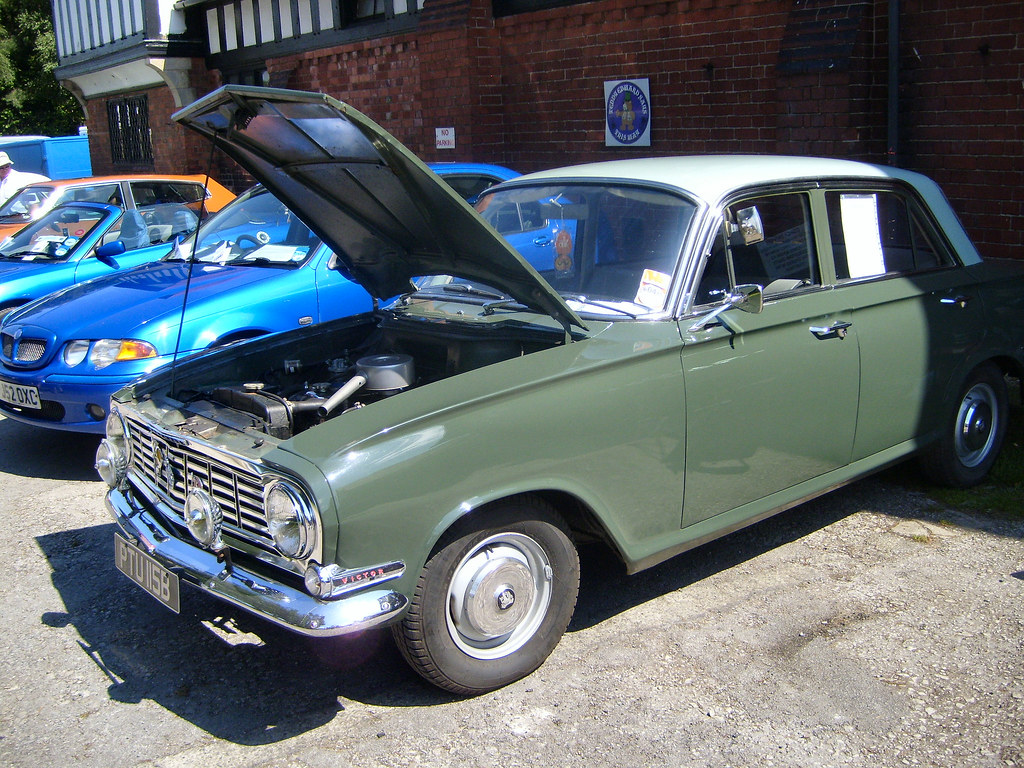
2. **Refusing to Disclose Trade-In Information Early**Ah, the classic trade-in question! Almost inevitably, early in the conversation, the salesperson will pivot to whether you have a vehicle you’re looking to trade in. It seems like a natural part of the process, right? But here’s the inside scoop: car salespeople are always looking for ways to maximize their profits, and your trade-in is a prime opportunity for them to do just that. They want to know how much is in it for them.
If you reveal your trade-in details too early, you give the dealership a massive advantage. They love to bundle your trade-in and the new purchase into one seamless transaction, allowing them to subtly play with the numbers. They can offer you a seemingly fantastic deal on the new car, making you feel like you’ve won, only to lowball you significantly on your trade-in value. This effectively makes up for any discount they gave you on the new vehicle.
To counter this, a truly annoying (for them!) but incredibly smart buyer move is to keep your cards close to your chest. When asked about a trade-in, a polite but firm response like, “I might have one, but I’m not sure yet. For now, I’m just focused on the out-the-door price of *this* vehicle,” works wonders. The key is to treat your trade-in and the vehicle you are purchasing as two completely separate transactions.
By insisting on keeping these discussions separate, you prevent the dealer from using your trade-in as a bargaining chip against you. Negotiate the price of the new car first, lock that down, and only then bring up the trade-in as a separate deal. This ensures you get the best possible value for both sides of the transaction, leaving the salesperson with fewer tricks up their sleeve to manipulate the overall cost.

3. **Negotiating Away Unwanted Accessories and Add-Ons**Walk onto almost any dealership lot these days, and you’ll spot cars adorned with “dealer-installed” accessories. Think etching, paint protection, nitrogen-inflated tires, or those slightly retro pinstripes. The salesperson’s story is always the same: “This car has this great product, and since it’s already on the car, it’s added to the vehicle’s price.” And just like that, hundreds, sometimes thousands, of dollars are tacked onto your bill for things you never asked for or truly wanted.
These seemingly “painless add-ons,” as Money Digest puts it, are a major source of extra profit for dealerships. Many of these car dealer fees add little value despite their hefty price tag. For example, you can find etching or paint protection elsewhere for significantly less, and the benefits of nitrogen-inflated tires are minimal compared to good old air. Yet, salespeople will try to convince you they’re essential or mandatory, leveraging the fact that the product is *already on the car*.
As a savvy buyer, your move here is to flat-out negotiate these unwanted accessories off the price of the vehicle. This is a move that undeniably frustrates sales staff because it directly cuts into their easy profits. They’re hoping you’ll just accept them, especially once you’ve fallen in love with the car. But remember, you don’t have to accept markups for forced add-ons.
Push back. Ask for a copy of the add-on product’s contract; you’ll often find it clearly states that accepting the product is voluntary and not necessary to obtain financing. If they resist, be prepared to walk away from the deal. Letting the salesperson (and sales manager) know that you mean business and aren’t simply “in love with the car” is a powerful tactic. It signals you’re a serious buyer, but on *your* terms, and that’s a move that certainly makes their job harder.
Read more about: Don’t Get Scammed: 14 Hidden Dealership Fees Smart Car Buyers ALWAYS Refuse to Pay
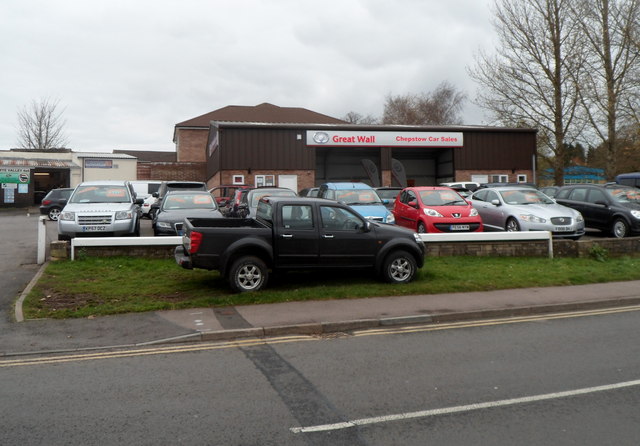
4. **Taking Ample Time for Decision-Making**In the high-stakes world of car sales, time is a powerful weapon. Salespeople are trained to use it to their advantage, often drawing out the process until you’re exhausted and more susceptible to making a quick, less-than-optimal decision. They’ll keep you waiting, make you feel like the negotiation is a grueling marathon, all hoping to wear down your resolve. The urgency they try to create is palpable, with every step seemingly directed towards making an immediate deal.
However, a truly annoying move for a salesperson is a buyer who refuses to be rushed. If you’re prepared to set aside an entire day at the dealership to negotiate, bringing something to occupy your time while you wait for counter-offers, you immediately neutralize their time-based tactics. Better yet, remember that you don’t have to go through the entire process in a single day. It is perfectly fine to take multiple days to make a decision.
This move frustrates salespeople because their primary goal is to close the deal *now*. They want to capitalize on your immediate excitement, the “impending event” fallacy that suggests if you don’t buy today, you’ll miss out. By taking your time, you remove this artificial pressure, allowing yourself the mental space to think clearly, review all options, and ensure you’re making the right choice for *you*, not for their quota.
Your calm, unhurried approach sends a clear message: you’re not desperate, and you won’t be manipulated. This forces them to engage on your timeline, which is a stark contrast to their usual high-octane pace. It’s a silent power play that shows you’re in control, and that can certainly be a bit annoying for someone trying to dictate the speed of the transaction.
Read more about: Shelved But Recalled: 10 Mid-Engined American Concepts That Pushed Performance Boundaries
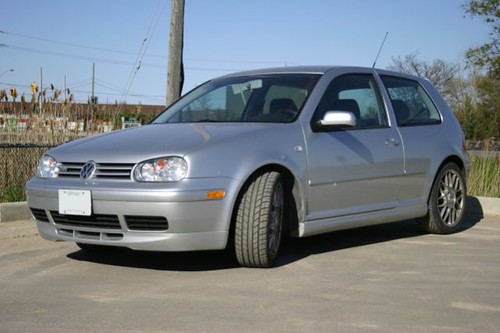
5. **Refusing to Be “Held Hostage” by Staying on the Lot**Walking into a dealership can sometimes feel like stepping into a psychological trap. Salespeople want you there, physically present, where they can apply maximum pressure. The idea of being “held hostage” at the dealership is a very real phenomenon, where the sheer effort of being there, coupled with a salesperson’s persistent attention, can make you feel obligated to make a deal. They’re designed to make you feel like you can’t leave without making a purchase, dampening your initial excitement and replacing it with discomfort.
However, a smart buyer knows how to immediately establish control and refuse to play this game. Instead of letting them dictate the flow, you can assert your boundaries. Imagine saying, “Give me your best out-the-door price, and then you can text or email me the results.” Or even more definitively, “I’m here for a test drive. Tomorrow, I’ll come back and talk numbers.” These statements are like cold water on a salesperson’s hot streak.
This move is particularly annoying for sales staff because it directly undermines their ability to control the sales environment. They thrive on having you physically present, where they can use body language, test drives, and back-and-forth trips to the manager’s office to wear you down. By insisting on negotiating remotely or splitting the process over multiple visits, you strip away their home-field advantage.
You maintain your emotional distance and reduce the susceptibility to immediate, high-pressure closes. It sends a message that you are organized, decisive, and unwilling to be swayed by the typical dealership song and dance. You’re prioritizing your convenience and peace of mind, and that self-assuredness can certainly be a thorn in the side of a salesperson who prefers a more malleable client.
Read more about: The 14 Most Common Mistakes 15 Out of 20 First-Time Car Buyers Make: A Lifehacker’s Guide
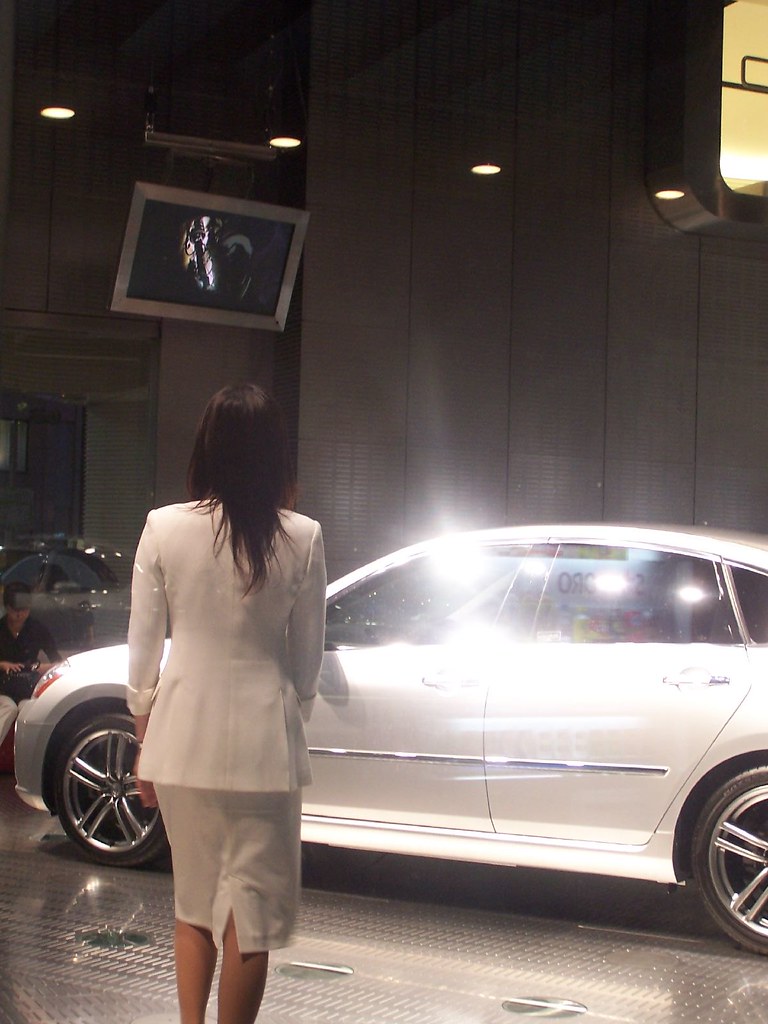
6. **Keeping Financial Cards Close to the Chest (e.g., Monthly Payment Budget)**Here’s a question you’ll almost certainly hear early in your car-buying journey: “How much are you looking to spend per month?” It seems innocent enough, right? A salesperson trying to help you find a car within your budget. But don’t be fooled; this seemingly helpful question is a well-known tactic designed to give them a significant advantage, and revealing your hand too early leaves you incredibly vulnerable.
Car dealers are masters at using low monthly payments to ease your mind about a massive purchase. They know that the sticker price can be daunting, so they shift the focus to a seemingly affordable monthly figure. However, these lower payments are often achieved by factoring in a large down payment upfront or, more commonly, by stretching out the loan for an extensive period, which means more interest and a longer time paying for the car overall.
By announcing your target monthly payment upfront, you essentially give the salesperson a precise figure to work with. They can then manipulate other aspects of the deal – the overall price, the trade-in value, or the interest rate – to hit that monthly number, all while maximizing their profit behind the scenes. This strategy allows them to “skew the process” entirely to their advantage, making you think you’re getting a good deal when you might be paying more in the long run.
Your most annoying (for them!) and powerful move here is to insist on talking about the *overall purchase price* of the vehicle first, before delving into monthly payments or financing. Politely deflect the question by saying you’re focused on the total cost and want to ensure you’re getting the best deal on the car itself. This keeps them from playing financial gymnastics, forcing them to negotiate on the actual price of the vehicle, which is where your power truly lies.

7. **Establishing Purchase Price *Before* Talking Trade-In**We’ve already touched on the importance of not disclosing trade-in information too early, but let’s double down on the specific strategy: always establish the purchase price of the new vehicle *before* you even begin discussions about your trade-in. This is a critical separation, a move that salespeople genuinely dislike because it prevents them from their favorite number-juggling acts.
Dealerships absolutely love to treat your new car purchase and your trade-in as a single, combined transaction. Why? Because it gives them immense flexibility to manipulate the numbers to their advantage. They can make the new car deal look incredibly appealing, almost too good to be true, only to then offer you a significantly lower-than-market value for your trade-in. The perceived “savings” on the new car are then absorbed by the lower trade-in offer, and you end up paying more overall.
By breaking down the purchase into distinct stages, you regain control. Start by focusing solely on the car you want, then move to price negotiation for that vehicle. Get a firm, agreed-upon out-the-door price for your new car *before* any mention of your current vehicle. This is a clear, assertive move that leaves no room for ambiguity or sneaky bundling.
This approach forces the salesperson to give you the best possible price on the new vehicle, independently. Once that’s settled, you can then negotiate the trade-in as a separate transaction, ensuring you get a fair assessment for your old car without it impacting the price of your new one. It’s a fundamental shift in the negotiation dynamic that frustrates their usual tactics, but empowers you to secure the best deal on both ends.
Continuing our deep dive into the sneaky strategies that dealerships pull, we’re not just here to expose them, but to arm you with the ultimate buyer moves that will leave sales staff scratching their heads. You’re about to become the savviest car buyer they’ve ever met, ensuring you maintain control and secure the best possible deal. Get ready to add these next eight power moves to your arsenal, continuing our countdown to total car-buying domination!
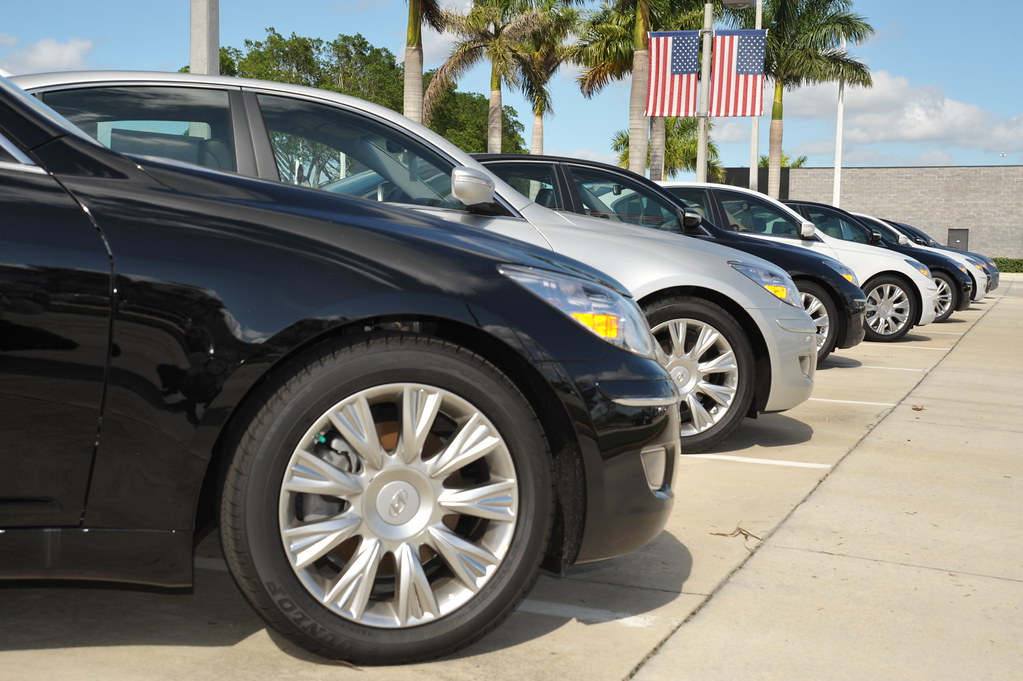
8. **Getting Pre-Approved Financing Beforehand**Okay, let’s talk about money, specifically *their* money. Car dealerships make a significant chunk of their income when customers set up loans through their partner banks. They love it when you walk in without financing, because it gives them a golden opportunity to mark up your interest rate. Imagine being approved for a 5% loan by a bank, only for the dealer to tell you it’s 7% and pocket the difference. It’s a classic move that puts more cash in their till, not yours.
This is where you, the clever buyer, swoop in with a pre-approved loan from an outside source – think a credit union or your personal bank. By doing this *before* you even step foot on the lot, you strip away one of their biggest profit centers. You’re essentially saying, ‘Thanks, but no thanks, I’ve got my own money guy!’ This move completely shifts the power dynamic, forcing them to compete for your business on the car’s price, not on the loan terms.
When you’re pre-approved, you know your absolute best interest rate and terms, giving you an unshakeable benchmark. If the dealership can beat it, great! But if they try to play games with higher rates, you can confidently walk away, knowing you have a solid backup. This buyer move is undeniably annoying for salespeople because it removes their ability to financially finesse the deal, putting you firmly in the driver’s seat of your own finances.
Read more about: Unlock Savings: 12 Actionable Ways to Negotiate Your Used Work Van Price
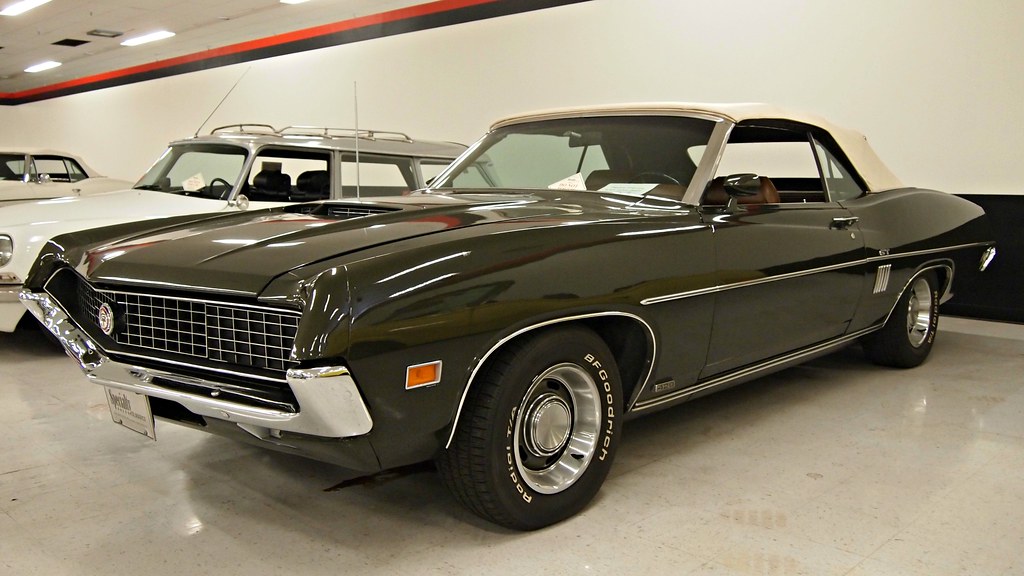
9. **Scrutinizing ‘Special Financing’ Offers**Ah, the alluring siren song of ‘special financing!’ Dealerships often roll out these seemingly irresistible offers, presenting them as an exceptional deal just for you. They’ll talk about incredibly low rates or fantastic terms, making you feel like you’ve stumbled upon a secret treasure. But here’s the kicker: what’s presented as an exceptional deal often comes entangled with stringent qualifications, hidden drawbacks, or terms that are far less appealing once you dig into the fine print.
Salespeople are looking out for their commission and the business’s bottom line, not necessarily your long-term financial health. These “special” deals can lead to disappointment and frustration once the full terms are revealed, making you question if you really got the bargain you thought you did. It’s easy to get swept up in the excitement, but a truly savvy buyer remains skeptical.
Your power move here is to scrutinize every single detail of these offers. Don’t just take their word for it. Ask for all the documentation, read the fine print, and compare it to the pre-approved financing you’ve already secured (see item #8!). If they can’t provide clear, straightforward answers or if the terms seem overly complex, it’s a massive red flag. This meticulous approach is super annoying for them because it means you’re not falling for their smooth talk; you’re doing your homework and demanding transparency.
Read more about: Your Ultimate Guide: 14 Financial Pitfalls Every Classic Car Collector Needs to Sidestep for a Successful Collection

10. **Demanding Full Transparency on All Fees**Even if you’ve bravely insisted on that out-the-door (OTD) price upfront, you might still find yourself staring at a different total cost when it’s time to sign the papers. Car dealerships have a notorious habit of adding fees that significantly raise the overall cost of the vehicle. These “hidden fees” and “unnecessary add-ons” often hide in the contract’s fine print, ready to surprise you when you least expect it. Salespeople might downplay them, portraying them as standard or mandatory, leading to an unexpectedly high final bill.
But here’s the good news: the Federal Trade Commission’s newly implemented CARS Rule considers this practice illegal. The FTC now requires dealers to tell you the ‘full price’ with all added costs upfront. This means the quoted cost and the final number *should* be the same. Yet, many shoppers still realize the quoted costs and payments don’t match the final numbers because dealers might still try to hide fees or exclude important expenses from their initial pricing.
So, your counter-tactic? Go line by line through your bill, scrutinizing every single charge. Challenge anything that looks unfamiliar or wasn’t explicitly discussed and agreed upon. Don’t hesitate to ask for explanations for every single fee. If they can’t justify a charge or if it seems like a bogus fee, insist on negotiating it down or having it removed altogether. This level of detail-oriented scrutiny is incredibly annoying for sales staff who rely on you glossing over the paperwork, but it’s your ultimate defense against unnecessary markups.
Read more about: Unlock Your Jewelry’s True Value: A 14-Step Lifehacker Guide to Smart Appraisals
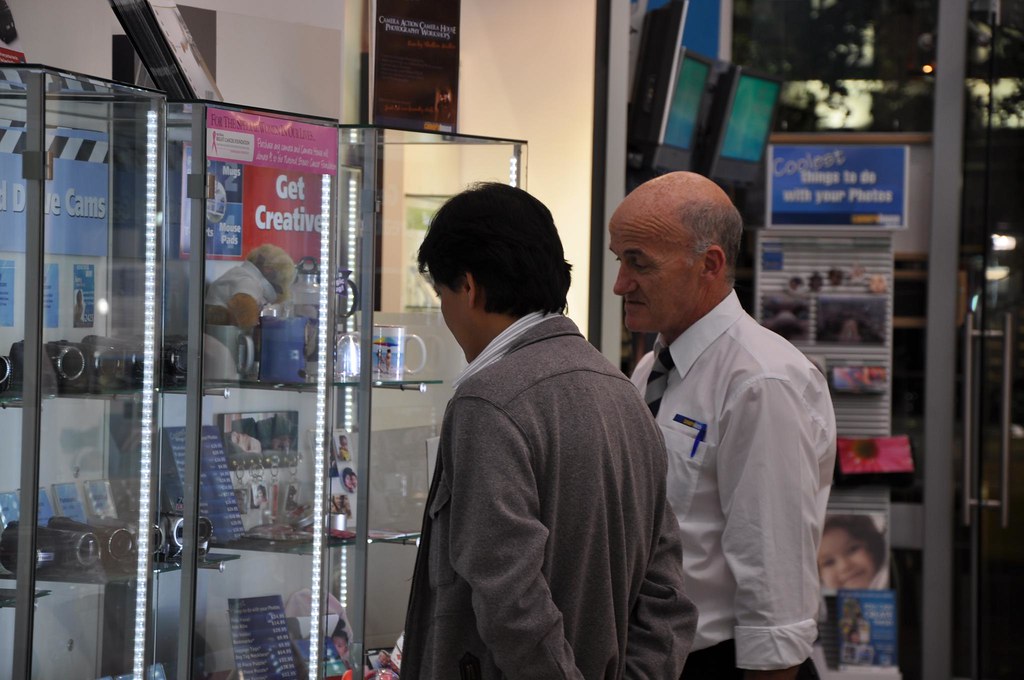
11. **Calling Out the ‘Impending Event’ or ‘Next Buyer’ Threat**Ever heard a salesperson tell you, “This deal is only available today!” or “Another buyer is interested in this exact car, you better act fast!”? This isn’t just a friendly heads-up; it’s a classic sales tactic known as the “impending event” or “next buyer” threat. Dealers love to brandish the interest of other potential buyers or suggest a deal is on the verge of expiration to accelerate your decision-making process. They’re tapping into that primal fear of missing out, hoping you’ll make a rushed decision before thoroughly considering all your options.
This psychological pressure is designed to make you feel like if you don’t buy today, you’ll lose out on an amazing opportunity. It’s a manipulative tactic, and it’s designed to make you panic and commit to a purchase without truly evaluating the benefits and drawbacks. But remember, very rarely is a truly good deal only available for a fleeting moment. There are always other cars, and other dealerships ready to make a sale.
Your powerful, annoyance-inducing move is to call them out directly. Look the salesperson in the eye and ask, “Are you telling me that if I come back tomorrow, you can’t sell me the car?” Or simply say, “I understand the urgency, but I need time to consider my options.” Be prepared to walk away from the deal if they continue to push. This firm stance immediately neutralizes their pressure tactic, showing them you’re not easily swayed and won’t be manipulated by artificial deadlines. It signals you’re a serious buyer, but on *your* terms, not theirs.
Read more about: The Enduring Roar: Why Sports Cars Continue to Captivate Enthusiasts Amidst Shifting Market Tides and Economic Headwinds
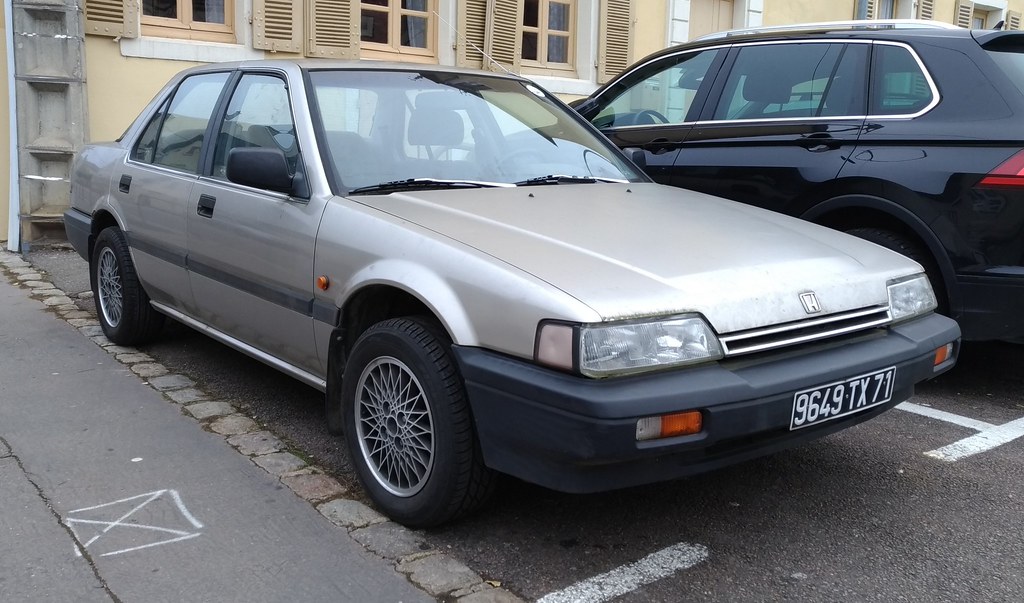
12. **Declining Extended Warranties and Protection Packages**So, you’ve finally agreed on the car price, congratulations! But hold up, your journey through the dealership gauntlet isn’t quite over. You’re then shuffled into the finance manager’s office, who, according to the context, is one of the most skilled people at the dealership. Their mission? To recommend that you pile on a bundle of extras you absolutely don’t need. We’re talking interior stain protection, anti-theft devices, rustproofing, and the ever-present extended warranty.
These seemingly “essential” add-ons are often aggressively promoted, with dealers highlighting all the potential future problems that could arise without additional coverage. They play on your fears of expensive repairs down the line, using phrases like, “It’s just an extra $30 a month, for peace of mind!” While peace of mind sounds great, many of these protection packages and extended warranties are significantly overpriced, offer minimal value, or duplicate coverage you might already have through your insurance or the manufacturer’s warranty.
Your annoying-but-empowering move here is to be prepared to say a polite but firm “no” to these upsells. Before you even walk into that finance office, know exactly what you want and need, and stick to your mission. Go line by line through any proposed additions and ask for a detailed breakdown of costs and benefits. Remind the finance manager that you have a set budget and are not flexible on these extras. This firm resistance directly cuts into their easy profits and demonstrates that you’re an informed buyer who won’t be talked into unnecessary expenses.
Read more about: Maximizing Your Value: A Consumer Reports Guide to Buying a Used Car at the Best Age and Mileage
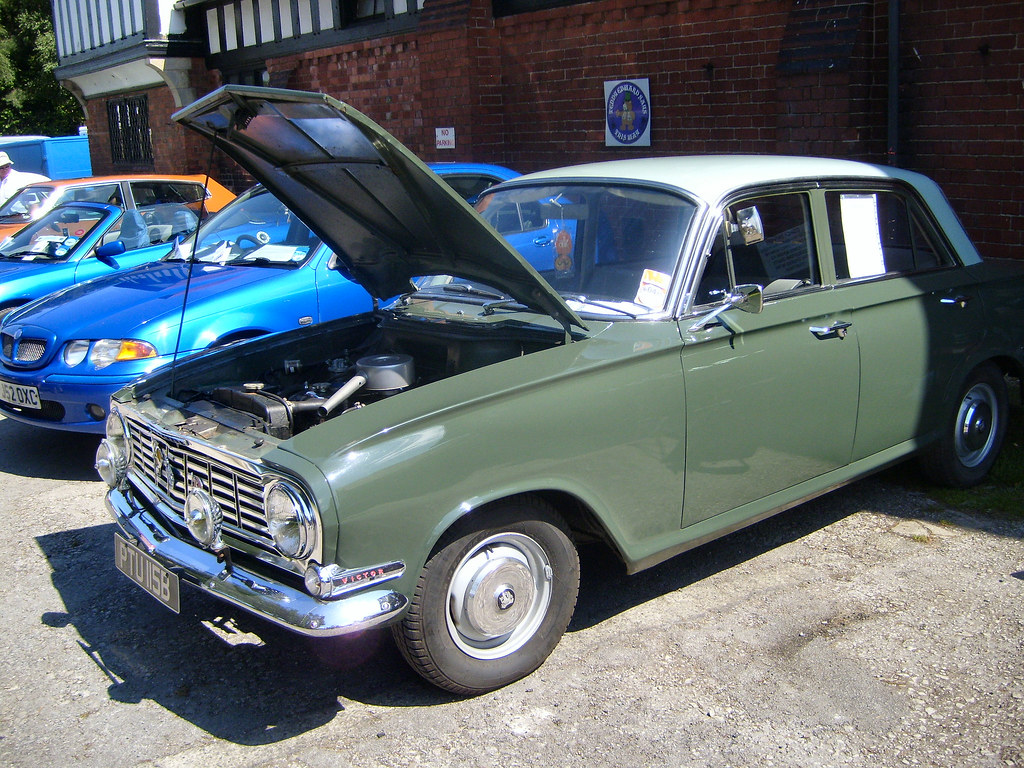
13. **Verifying Odometer Readings and Vehicle History**For those of us eyeing a pre-owned gem, the odometer reading is a huge factor. Lower mileage usually means a higher price tag, and vice-versa. Dealers know this, and unfortunately, some unscrupulous ones prey on this desire for low-mileage vehicles in a truly sneaky way: the “Odometer Offensive.” Yes, some dealerships will illegally roll back a car’s odometer to lower the mileage, making an older, higher-mileage car appear much newer and less worn than it actually is.
This isn’t just shady; it’s dangerous. Cars with higher actual mileage require more maintenance and could even need major repairs like an engine replacement sooner than you’d expect – adding significant, unexpected expenses to your plate. The National Highway Traffic Safety Administration reported that 450,000 cars with fake odometer readings are purchased a year, costing consumers a staggering $1 billion in repairs. Yikes!
Your buyer’s superpower against this deceitful tactic is thorough verification. If that 2016 Toyota Corolla *really* only has 20,000 miles, take a close look at the tires. Are they the originals? If not, that’s a huge red flag that something might be amiss. More importantly, always ask to see the car’s title to compare mileage and demand a comprehensive vehicle history report. This proactive, skeptical approach is incredibly annoying for a dealer trying to pull a fast one because it exposes their scheme and protects your hard-earned cash.
Read more about: Drivers, Beware: 6 High-Risk Used Cars You Must Think Twice About Before Buying in 2025

14. **Deflecting ‘Choice’ Questions and Jargon**Have you ever felt like you’re caught in a linguistic maze at a dealership? Salespeople are experts at using complex jargon to detail financing terms, making it incredibly difficult to comprehend the actual costs. They emphasize monthly payments over the total price of the vehicle, cleverly shifting your focus away from the overall interest accumulating over the life of the loan. This tactic makes the car seem more approachable and reduces the stress of making a massive purchase, but it hides the true financial burden.
Beyond jargon, a good car salesperson is trained to never ask yes or no questions. Why? Because they don’t want to give you a chance to say no! Instead, they’ll offer you a choice between two things, like, “Would you prefer the blue or the red model?” This makes it seem like you’re already committed to buying, and it’s just a matter of preference, even if you’re still undecided.
Your annoying-yet-effective buyer move is a two-pronged attack. First, insist on clear, simple language. If they start throwing around terms you don’t understand, politely stop them and ask for a plain English explanation. Don’t be afraid to say, “Could you explain that in a way that doesn’t sound like it’s straight out of a finance textbook?” Second, when faced with a “choice” question, deflect it! Respond with a noncommittal answer, like saying you’re interested in a variety of colors, before switching to a different topic or reiterating your main objective, such as getting the OTD price. This shows you’re paying attention and won’t be led down a predetermined path, much to their chagrin.
Read more about: Deconstructing the Mindfulness Phenomenon: What Real People and Science Reveal About Its Hype, Pitfalls, and True Potential
**Remember, You’re In Control (Seriously!)**
Phew! We’ve navigated the intricate maze of car dealership tactics, exposing the tricks and arming you with the ultimate buyer moves. From demanding upfront OTD prices to refusing to be swayed by “limited time” offers or the dreaded “manager approval” delays, you now have the insider knowledge to walk into any dealership with confidence. Car buying doesn’t have to be a battle where you’re always on the defensive. By staying informed, being assertive, and remembering that you’re always in control of the process, you can flip the script and secure a deal that truly works for you.
These tactics might annoy the sales staff, but remember, they respect a prepared and savvy buyer. So go forth, armed with your new playbook, and show them who’s boss. Happy car hunting, and may your next deal be your best one yet!


